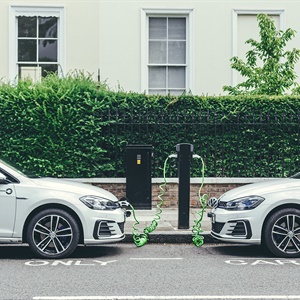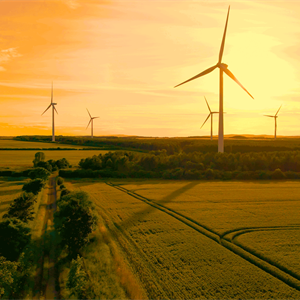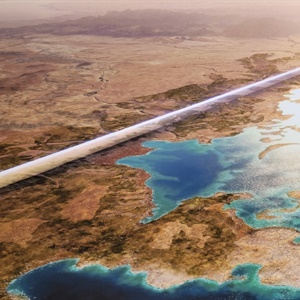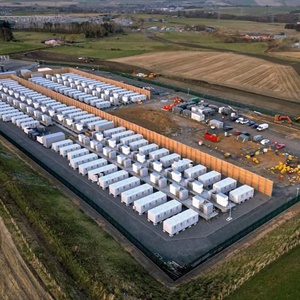Abandoned oil and gas wells could be turned into energy storage sites, study finds
Depleted oil and gas wells could be repurposed as compressed-air energy storage (CAES) sites for stockpiling excess energy from renewables for use when needed. CAES plants compress air and store it underground when energy demand is low and then extract the air to create electricity when demand is high. But start-up costs currently limit the commercial development of these projects. “The problem is that sometimes when we need energy, there is no sunshine or there is no wind. That’s why it’s very important to have some storage capacity to support the grid,” said Arash Dahi Taleghani, a researcher at Penn State University. His team proposes a new geothermal-assisted CAES system that makes use of depleted oil and gas wells. Estimates suggest there are a vast number of abandoned oil and gas…























